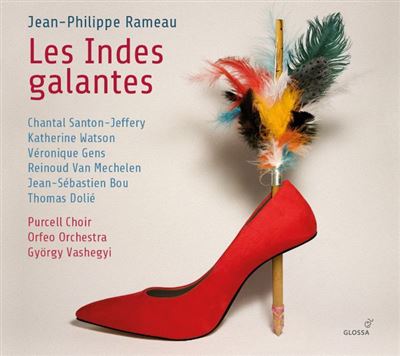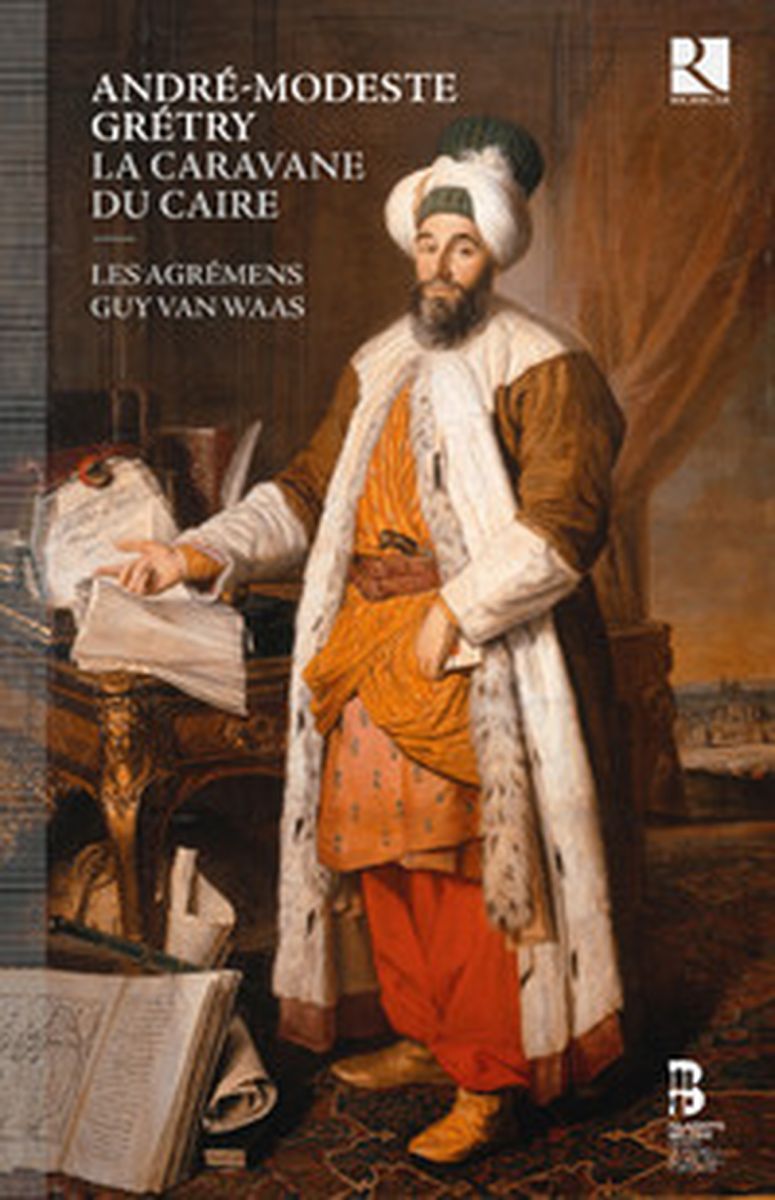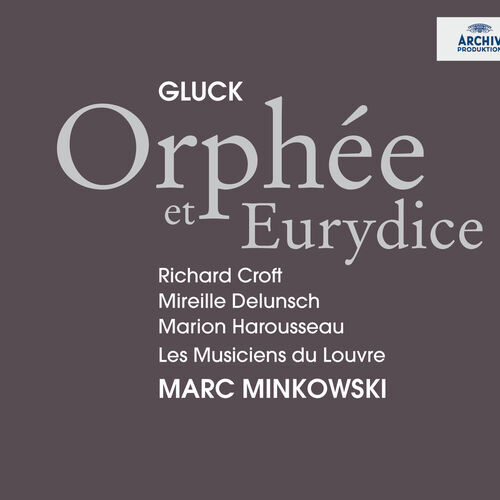Each month, the Centre de musique baroque de Versailles establishes a thematic playlist for you to experiment an immersive journey in the French musical repertoire of the 17th and 18th centuries. Enjoy the music !

Playlist by Benoît Dratwicki, Researcher & Artistic Director
Like all other musical repertoires, the French Baroque also has its hits, which you may know without knowing it... or which you urgently need to discover. Benoît Dratwicki, Artistic Director of the Centre de musique baroque de Versailles, has put together a playlist of “French Baroque hits” to take you on a journey to the land of gems.
First and foremost, a playlist of “best-off” hits from the French Baroque repertoire cannot begin without a tribute to Jean-Baptiste Lully, inventor of the genres and style that would be in use for over a century, between 1660 and 1780. If everyone knows Lully as the violinist-dancer-composer close to Louis XIV and Molière, few people really know his music; or else, they don't know they're hearing Lully! To rectify this injustice, listen to the sumptuous instrumental and vocal passacaglia in Act 5 of Armide, the marche turque from Le Bourgeois gentilhomme and the sleep scene from Atys, which are among the composer's most emblematic pieces.
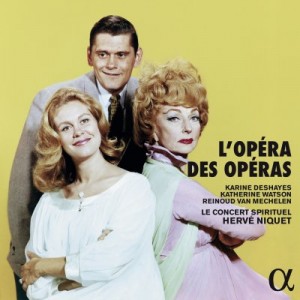
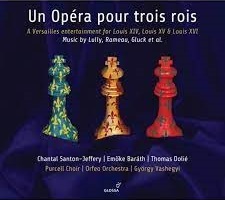
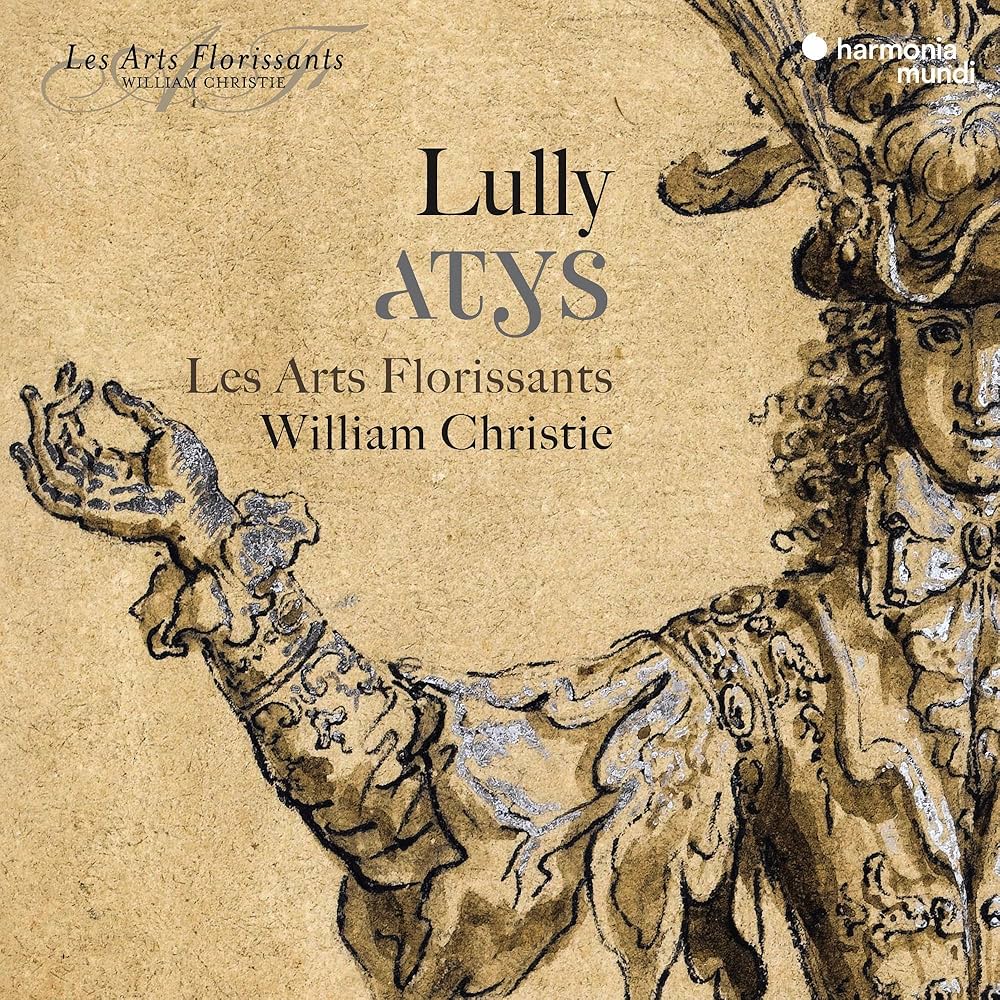
Among Lully's contemporaries and successors, three composers occupy a special place and have also left at least one “hit”. These include Marin Marais, violinist in the King's Band, conductor of the Paris Opera and composer, whose famous “tempête” from his opera Alcyone thrilled audiences of the time, and remains a must in the repertoire to this day. Marc-Antoine Charpentier, more discreet in his time as he held no official position at court, was rediscovered in the 20th century. In the end, he owes his posterity somewhat to chance, since the pompous opening bars of his Te Deum with orchestra in D major were chosen as the theme tune for Eurovision: everyone knows Charpentier, but many don't! Less famous, but nonetheless much appreciated by afficionados, the introductory Kyrie of the Missa assumpta est Maria also represents - albeit in a totally different genre - one of the jewels in the crown of 17th-century sacred art. Finally, François Couperin is the third emblematic figure in the revival of French music after Lully's death: harpsichordist in the King's Chamber, and a committed player in the fusion of Italian and French tastes (the “Goûts réunis”), he left a large number of masterpieces, among which his Leçons de ténèbres for one and two voices stand out in particular: piety and sensuality blend in truly “Baroque” melismas and figurations.

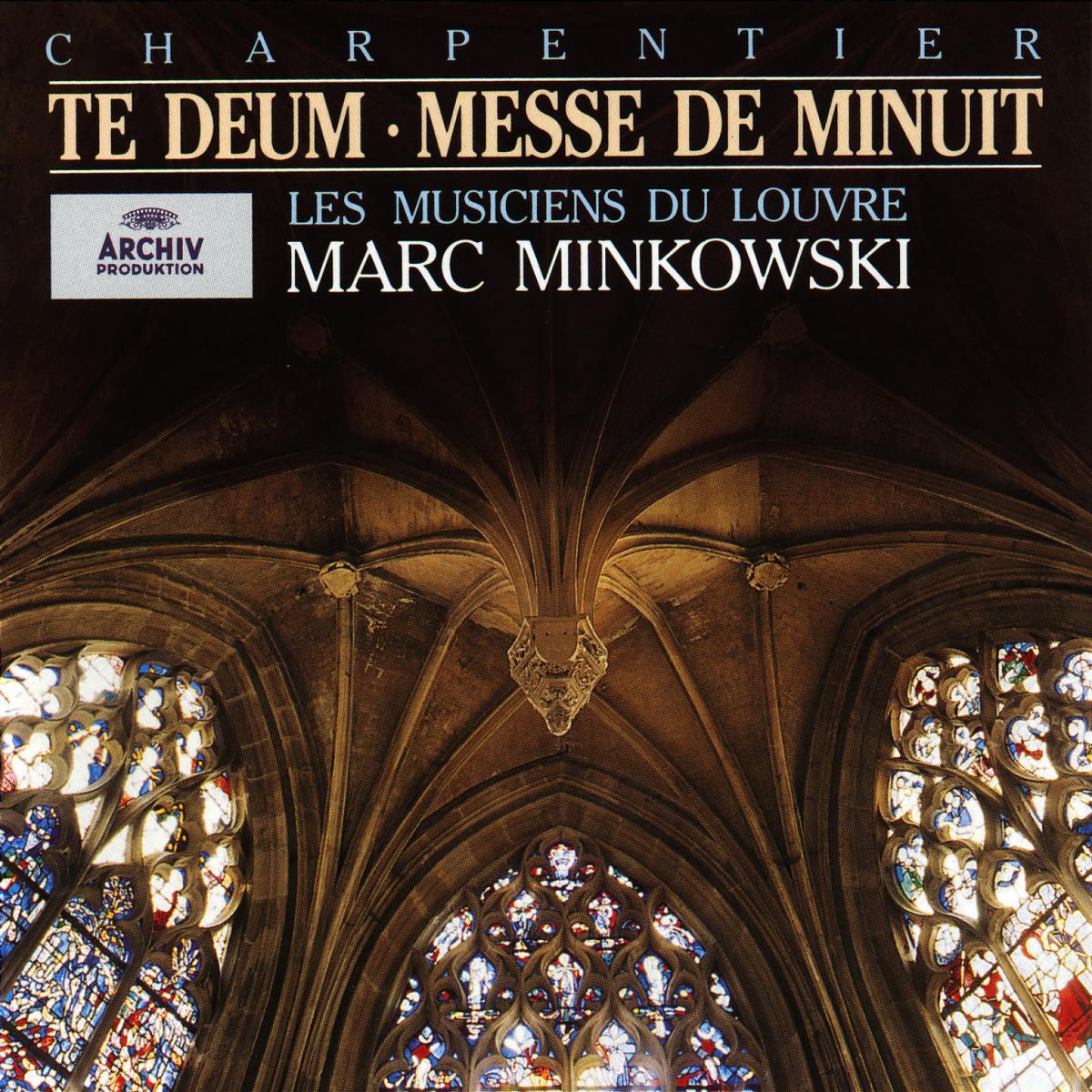
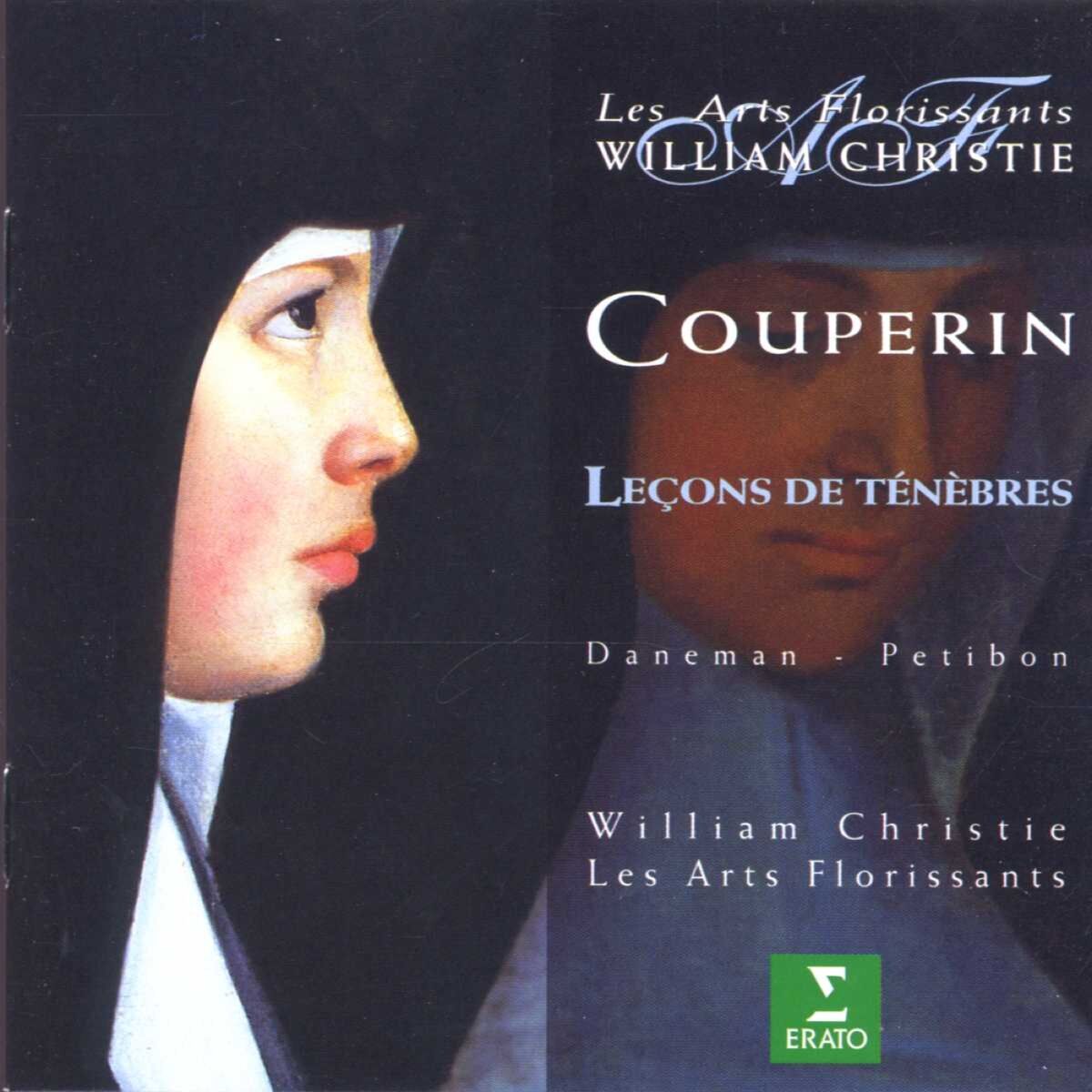
The reign of Louis XV was marked by the revelation of a superior genius, regarded as one of the artisans of the purest French style: Jean-Philippe Rameau. Although the composer tried his hand at almost every genre, it was above all his operas that left their mark on his contemporaries and continue to fascinate to this day. Overflowing with original pages, regularly touching on the sublime, we don't know what to choose as a testimony to his art. The storm from Platée and the Danse du grand calumet de la paix (known as “Les Sauvages”) from Les Indes galantes have been chosen, but there are so many other pieces to be heard! The reign of Louis XVI, meanwhile, was marked by stylistic renewal, with at least two composers worthy of a place in the musical Parnassus: André-Ernest-Modeste Grétry, whose Marche égyptienne from the lyric comedy La Caravane du Caire is a real eye-catcher, and Christoph Willibald Gluck, known for his seven French operas, but whose Orphée et Eurydice remains the most famous, thanks in particular to the Ballet des Ombres heureuses with flute soloist, imbued with irresistible poetry and pre-romantic accents.

